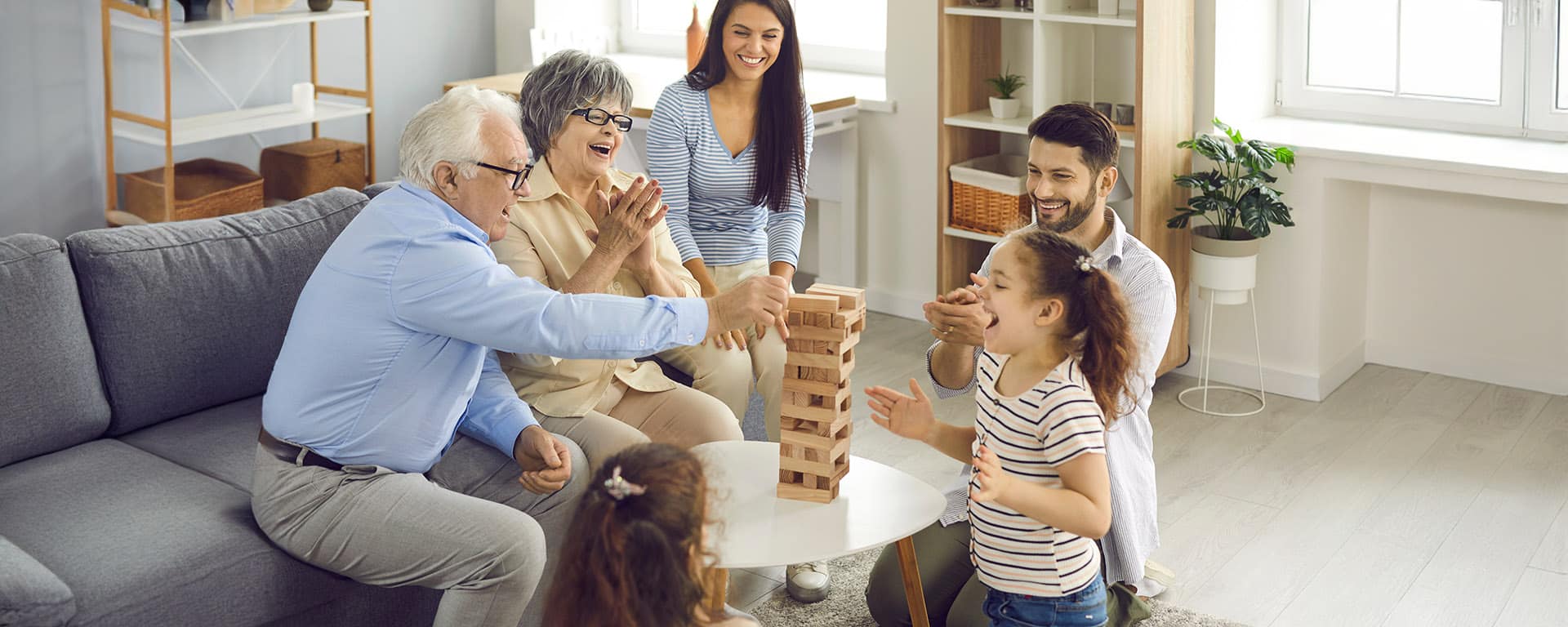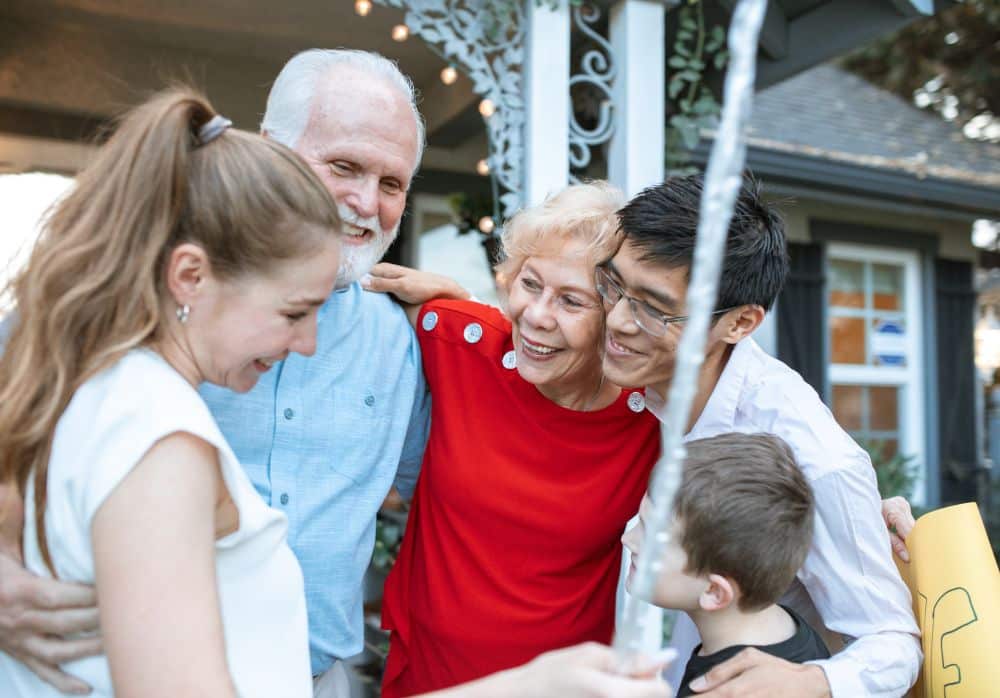Preparing For A Successful Multigenerational Home
Creating a Safe Haven: How to Prepare Your Multigenerational Home for Success
As families evolve and grow, so do their living arrangements. Multigenerational homes, where different generations coexist under one roof, have become increasingly common. This arrangement offers numerous benefits, including shared expenses, emotional support, and fostering intergenerational bonds.
However, multigenerational living also presents unique challenges, particularly when it comes to ensuring the safety and comfort of older family members. From practical modifications to thoughtful design choices, creating a safe haven for your loved ones requires careful consideration and planning.
By implementing the following strategies, families can enhance both the functionality and accessibility of their homes, enabling older adults in the household to thrive in their living environment.
Key Strategies for Your Multigenerational Home
When it comes to making a multigenerational home safe for your older loved ones, thoughtful planning and practical modifications to create a safe and accessible environment are critical.
From assessing your loved ones’ specific needs to promoting independence and social engagement, these strategies aim to create a safe haven where they can age in place comfortably and gracefully.
1. Assessing the Needs of Your Older Loved Ones
Before making any modifications, it’s crucial to assess the specific needs of your loved ones. Factors such as mobility limitations, vision or hearing impairment, and chronic health conditions should be considered. Engage in open discussions with older family members to understand their preferences and any challenges they may face in their daily activities.
2. Enhancing Accessibility
Improving accessibility is a fundamental aspect of making a multigenerational home safe for your older loved one. This involves removing physical barriers and ensuring essential areas are easily reachable for those with mobility issues. Consider the following modifications:
- Install grab bars and handrails in bathrooms and along staircases to provide support and stability.
- Replace traditional doorknobs with lever-style handles, which are easier to operate for individuals with arthritis or limited hand strength.
- Create a step-free entryway by installing ramps or lifts, making it easier for your loved ones to enter and exit the home.
3. Creating a Functional Living Space
Adapting the layout and design of living spaces can greatly enhance the functionality of a multigenerational home for your older loved ones. Focus on creating a seamless flow and eliminating hazards that may pose any potential risks. Key considerations include:
- Designating a bedroom and bathroom on the main floor to minimize the need for stairs.
- Installing non-slip flooring to reduce the risk of falls, particularly in areas prone to moisture.
- Clearing clutter and ensuring that pathways are wide enough to accommodate mobility aids, such as walkers or wheelchairs.
- Adjusting the height of countertops and cabinets to facilitate easy access for individuals using mobility aids or those who have difficulty reaching high shelves.
4. Prioritizing Safety
Safety should be a top priority. Implementing measures to prevent accidents and emergencies can provide peace of mind for both you and your loved ones. Consider the following safety precautions:
- Install smoke detectors and carbon monoxide alarms on every floor of the home, ensuring that they are equipped with visual and auditory alerts.
- Consider investing in a medical alert system that allows your loved ones to summon help in the event of a fall or medical emergency.
- Ensure adequate lighting throughout the home, particularly in hallways, staircases, and outdoor pathways.
- Secure rugs and carpets to prevent tripping hazards and ensure all electrical cords are neatly tucked away.
5. Promoting Independence and Social Engagement
While safety is paramount, it’s also important to foster independence and social engagement among your older loved ones. Encourage participation in family activities and provide opportunities for meaningful interactions with other household members. Consider the following suggestions:
- Create designated spaces for hobbies and interests, such as a cozy reading nook or a gardening area.
- Install technology that facilitates communication and access to entertainment, such as voice-activated assistants and streaming devices.
- Arrange for transportation options to enable your loved ones to maintain social connections and participate in community events.
A multigenerational home requires a thoughtful and comprehensive approach that addresses your loved ones’ unique needs. By enhancing accessibility, prioritizing safety, and promoting independence, families can create a safe haven where older adults can age in place comfortably and gracefully.
Through open communication and collaboration, multigenerational living can be a rewarding experience that strengthens familial bonds and enriches the lives of all household members.






